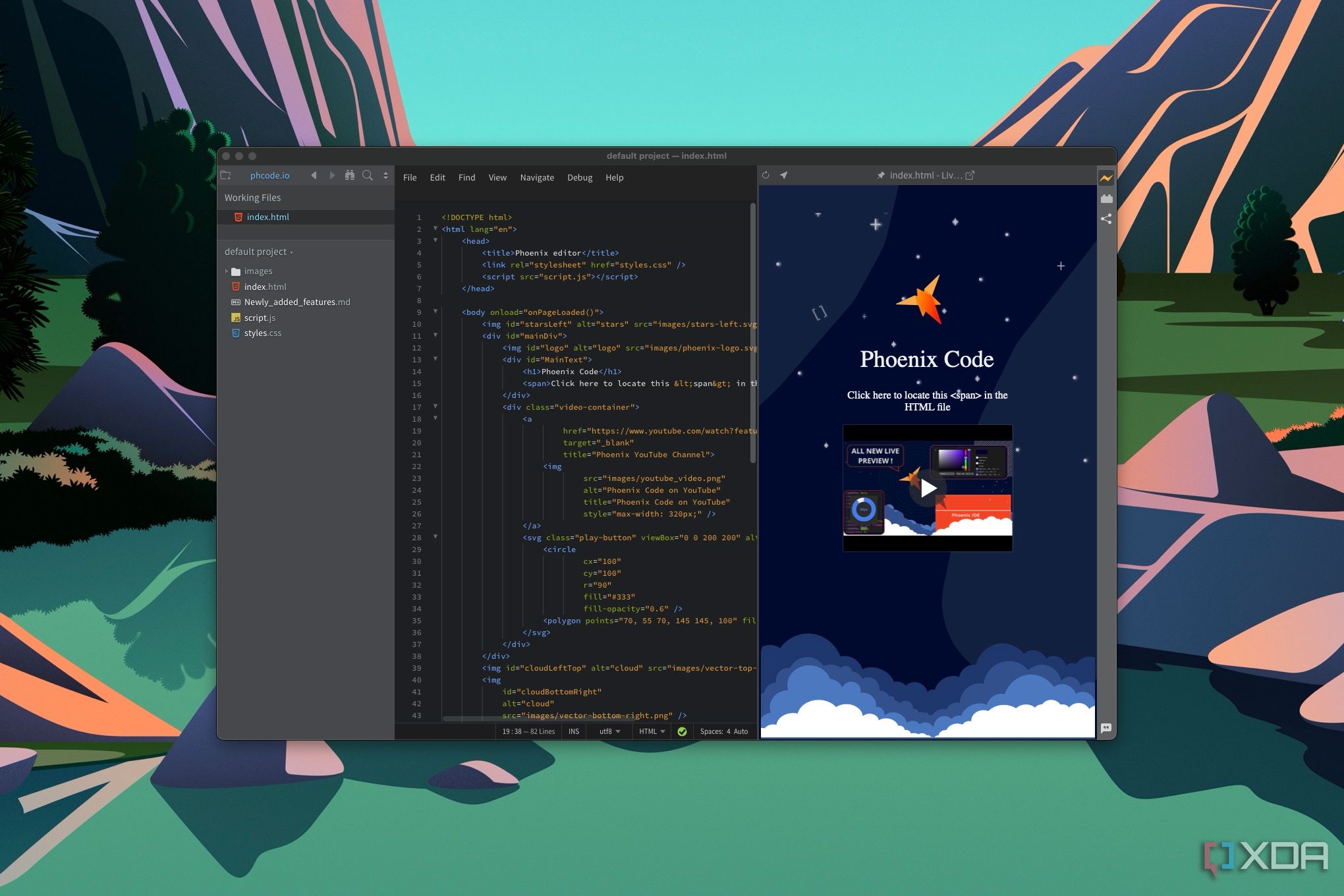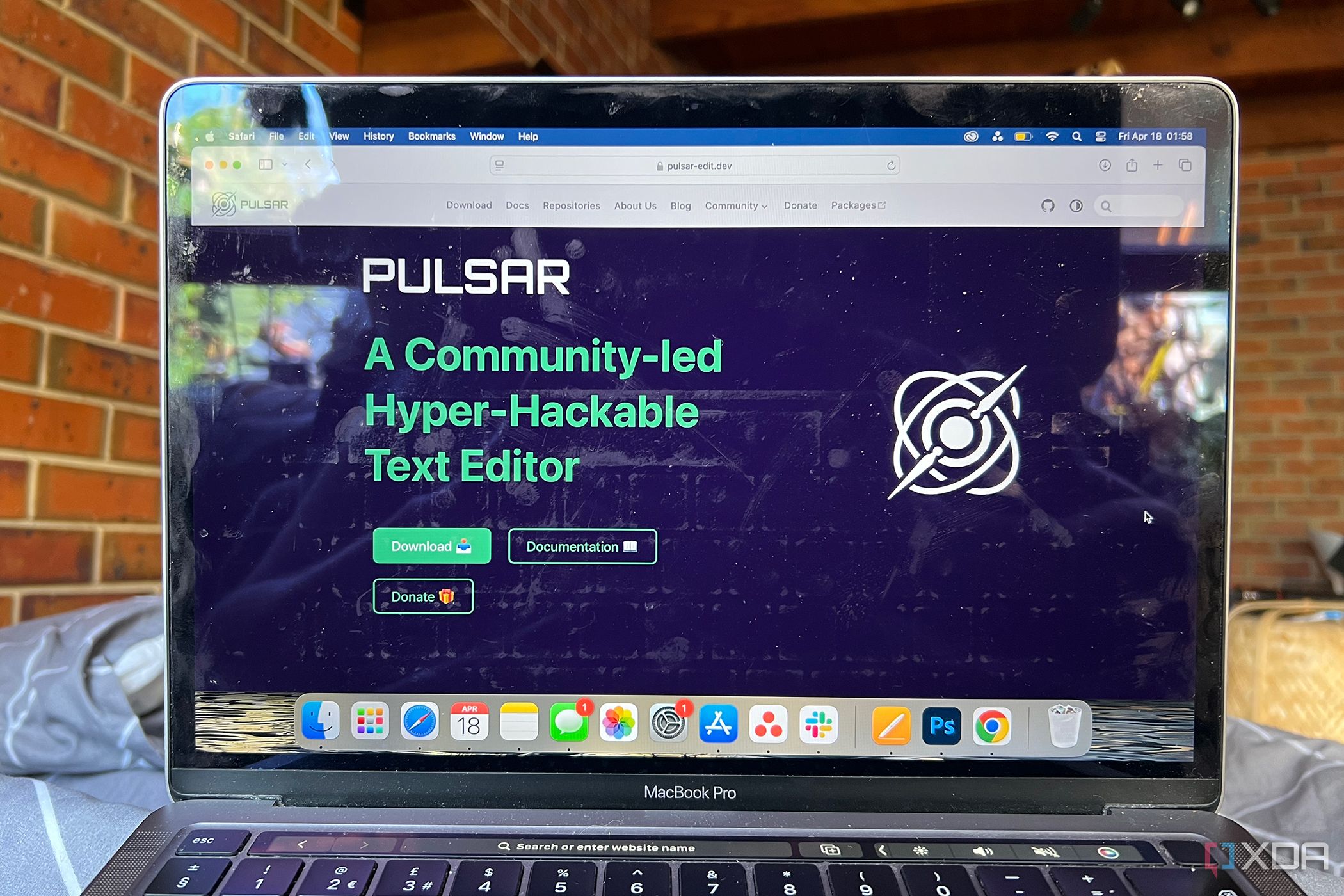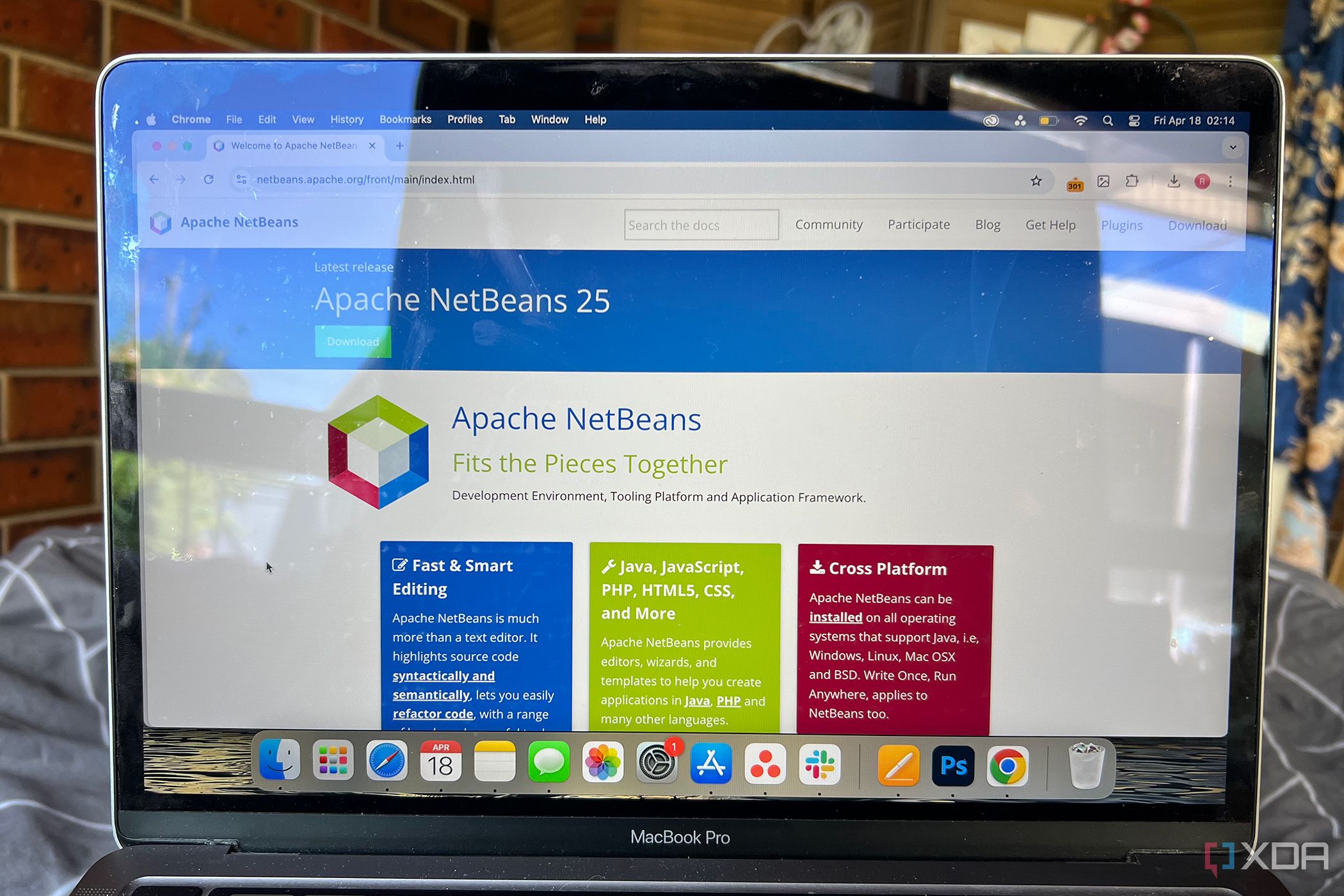Adobe’s web design and development tools are dying software. Adobe XD — a UX/UI design tool — is only in maintenance mode, and Dreamweaver, Adobe’s web development tool, famed in the past, faces no more development, but still has support from Adobe. These two apps join a list of great Adobe tools that have been discontinued, but the modern day brings a ton of better web design and development tools to use instead. Although Adobe XD never took off in success, Dreamweaver has been considered a solid tool in the past. There are still plenty of others to choose from.

Related
This 2-bay NAS is perfect for a starter home lab and it’s $60 off right now
An Intel CPU makes this a great starter NAS.
5
Phoenix Code
Born from Adobe in a long-winded way
Phoenix Code is the successor to Brackets, which was an open-source text editor originally founded by Adobe as a community-led open-source tool. It was put into maintenance mode by the community, with Phoenix Code being the project taking over instead.
If you’re looking for a simple text editor that makes coding feel easy, Phoenix Code could be your perfect alternative to Dreamweaver. It’s made to be as simple and fun as playing video games.
Available on all major operating systems as well as via web browser, Phoenix Code offers live preview, inline editing, preprocessor support, extension management, code completion, and color, gradient, and image previews.


Related
6 alternatives to Notepad++ on Mac
Switching from Windows to Mac? Check out these programming text editors to write and edit all types of code.
4
Pulsar Editor
Amalgamated text editor
While not strictly the best alternative to Adobe Dreamweaver, Pulsar Editor is the best open-source and free application that works. Listed as a hyper-hackable text editor, Pulsar was born after the demise of Atom, and it uses an amalgamated love of all other good text editors.
Available for Mac, Windows, Linux, ChromeOS, BSD, and Electron or Atom Shell, this free tool lets you customize a clean design in a distraction-free environment.
It works offline with no registration requirement, allowing anyone to use or access it. You can integrate add-ons, plugins, or extensions to enhance the tools, similarly to adding plugins to PenPot for better UX/UI design.
Within its built-in package manager and smart auto-complete features, Pulsar Editor makes a great Dreamweaver alternative.
Pulsar
Pulsar an open-source, “hyper-hackable” text editor designed for developers.
3
Apache NetBeans
Full-featured replacement to Dreamweaver
Apache NetBeans, typically known as NetBeans, is an open-source integrated development environment (IDE) for software developers. It makes a great full-bodied Dreamweaver replacement. It’s great for building web, mobile, or desktop applications with languages like Java, JavaScript, HTML5, or others.
NetBeans is more robust than a drag-and-drop web design application. It’s a great web-aware IDE, and it makes a good choice for anyone developing web apps or coding for the web, whether for enjoyment or professional purposes.

2
Figma
Best Adobe XD alternative
Although web designers and developers used Adobe Photoshop for a long while, Adobe XD and Dreamweaver became a good way to bridge the gap between designers and developers. Unfortunately, they just didn’t seem to stick for the vast majority of designers and developer combos. Figma swooped in and stole the show instead. Adobe nearly acquired Figma in 2022, although the acquisition was dropped by the end of 2023. Figma remains a sole proprietor.
Figma is highly considered the best UX/UI design tool. It’s a proprietary tool with a free version, which is only limited by the number of projects and no teams, and not by the tools users can access.
You don’t need to be a UX/UI design expert to start using Figma. It has an easy-to-navigate interface, which is similar enough to Adobe XD’s but without the Adobe-ification. It’s easy to make the switch from the dying tool to one with a bright and solid future.

1
PenPot
Open-source design and developer tool
PenPot is considered the best open-source alternative to Figma, but it takes the handoff process to another level compared to Figma’s offerings. PenPot is made for designers and developers to work together in one tool, effectively creating a tool that works like both Adobe XD and Dreamweaver combined.
PenPot has great open-source tools and self-hosting options. You can build your own self-hosted PenPot or host through PenPot itself. It features many similar tools to Figma, except better coding handoff when passing your web project from design team to development team.
You can access PenPot for free, or there’s a paid subscription for extra support, but you don’t gain any major features for paying. It’s a great way to support an open-source project, though.
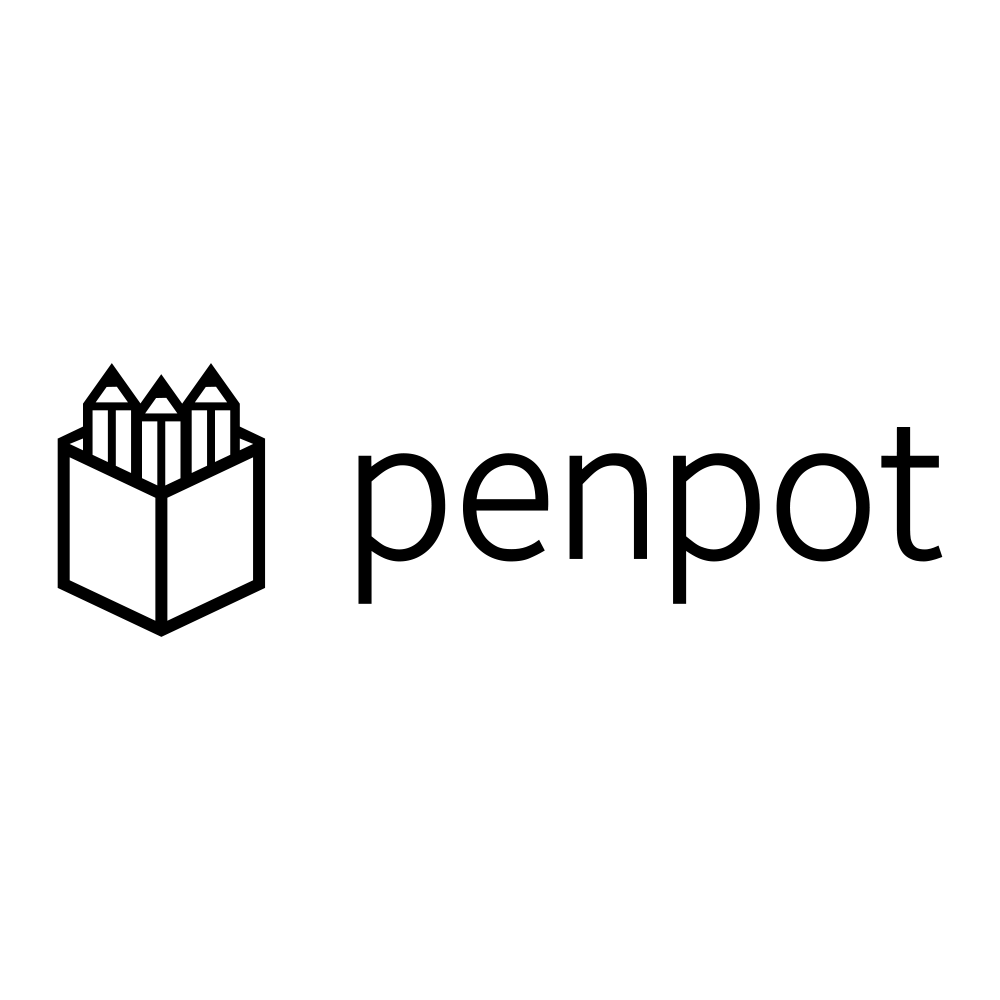
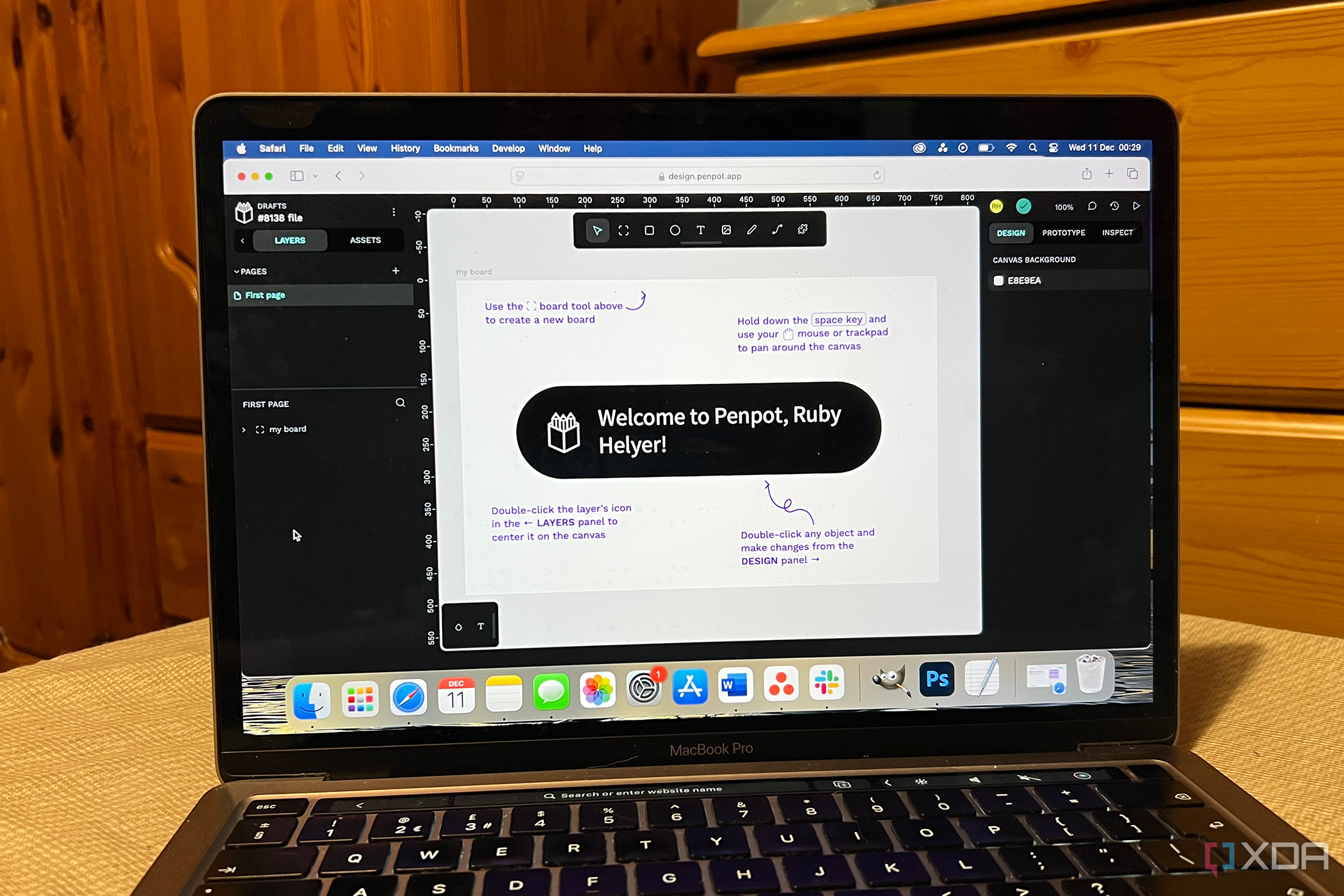
Related
8 reasons Penpot is better at UX/UI than all of the alternatives, including Figma
Penpot is seamless for optimal design and development
Don’t let your web dev and design dreams die with Adobe
Although there are plenty of great tools for web developers to use and for designers to create with, Adobe XD and Dreamweaver make a great combination within the Adobe suite. While Adobe’s web design tools are fading, there are a myriad of others available to use, with better support and community. Whether you turn to other proprietary tools like Figma or VS Code, or wish to follow an open-source journey and head to PenPot for design or NetBeans for code, the options are easy to find and use. Adobe doesn’t hold the key for all, and with dying tools, it’s best to find what else is available.



